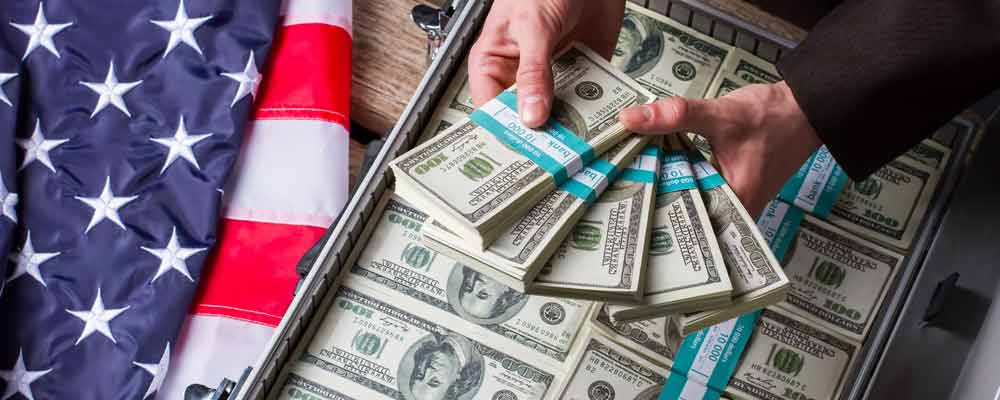Beneath the Surface
The Government Lost 36% of Your Money Last Year
January 31, 2025 • 4 minute, 1 second read

|
|
January 31, 2025 • 4 minute, 1 second read

|
|
December 26, 2025 • Addison Wiggin
Our forecast will feel obvious in hindsight and controversial in advance — the hallmark of a Grey Swan.
Most analysts we speak to are thinking in terms of the history of Western conflict.
They expect full-frontal military engagement.
Beijing, from our modest perch, prefers resolution because resolution compounds its power. Why sacrifice the workshop of the world, when cajoling and bribery will do?
Taiwan will not fall.
It will merge.
December 24, 2025 • Addison Wiggin
Wars, technology races, and political upheavals — all of them rest on fiscal capacity.
In 2026, that capacity will tighten across the developed world simultaneously. Democracies will discover that generosity financed by debt carries conditions, whether voters approve of them or not.
Bond markets will not shout so much as clear their throats. Repeatedly.
December 23, 2025 • Addison Wiggin
Taken together, the seven Grey Swans of 2025 behaved less like isolated events and more like interlocking stories readers already recognize.
The year moved in phases. A sharp April selloff cleared leverage quickly. Policy shifted toward tax relief, lighter regulation, and renewed tolerance for liquidity. Innovations began to slowly dominate the marketplace conversation – from Dollar 2.0 digital assets to AI-powered applications in all manner of commercial enterprises, ranging from airline and hotel bookings to driverless taxis and robots.
December 22, 2025 • Addison Wiggin
Back in April, when we published what we called the Trump Great Reset Strategy, we described the grand realignment we believed President Trump and his acolytes were embarking on in three phases.
At the time, it read like a conceptual map. As the months passed, it began to feel like a set of operating instructions written in advance of turbulence.
As you can expect, any grandiose plan would get all kinds of blowback… but this year exhibited all manner of Trump Derangement Syndrome on top of the difficulty of steering a sclerotic empire clear of the rocky shores.
The “phases” were never about optimism or pessimism. They were about sequencing — how stress surfaces, how systems adapt, and what must hold before confidence can regenerate. And in the end, what do we do with our money?!